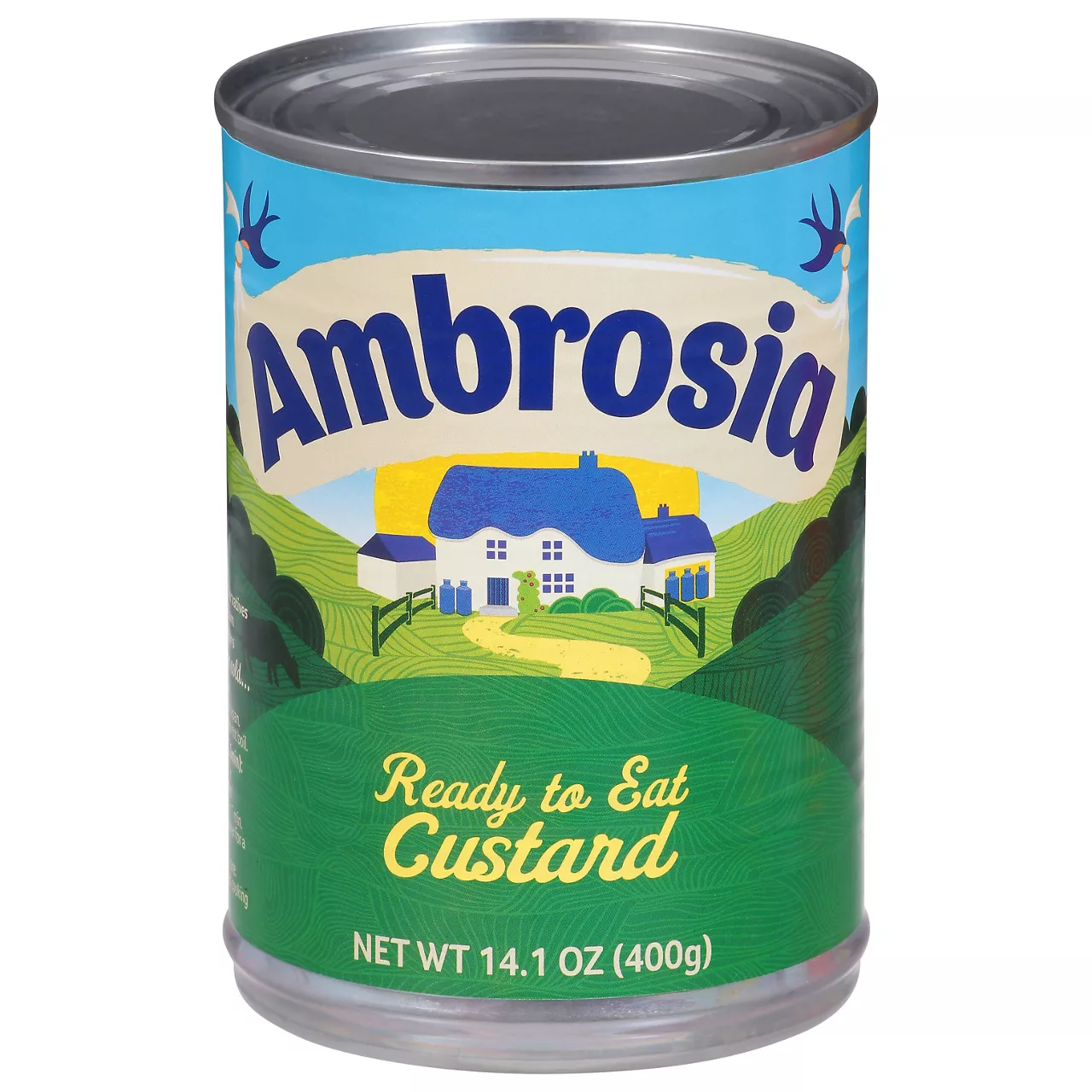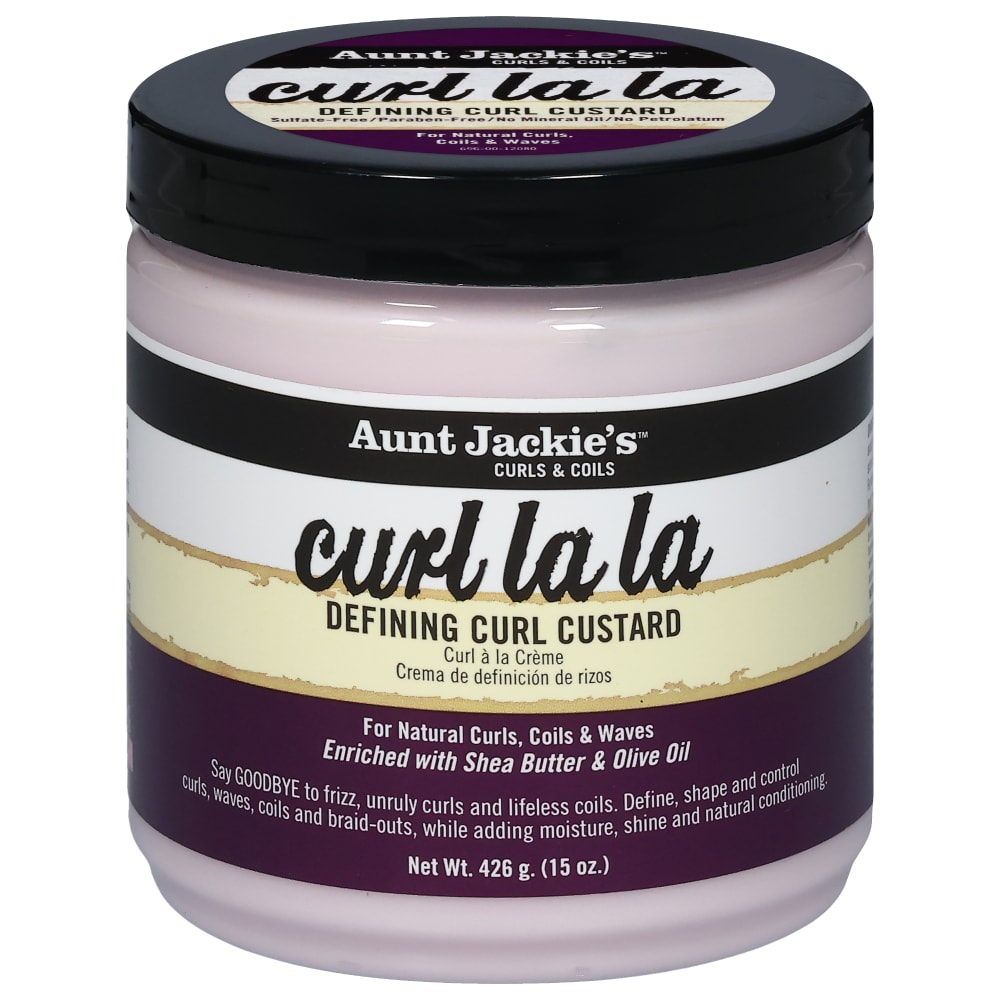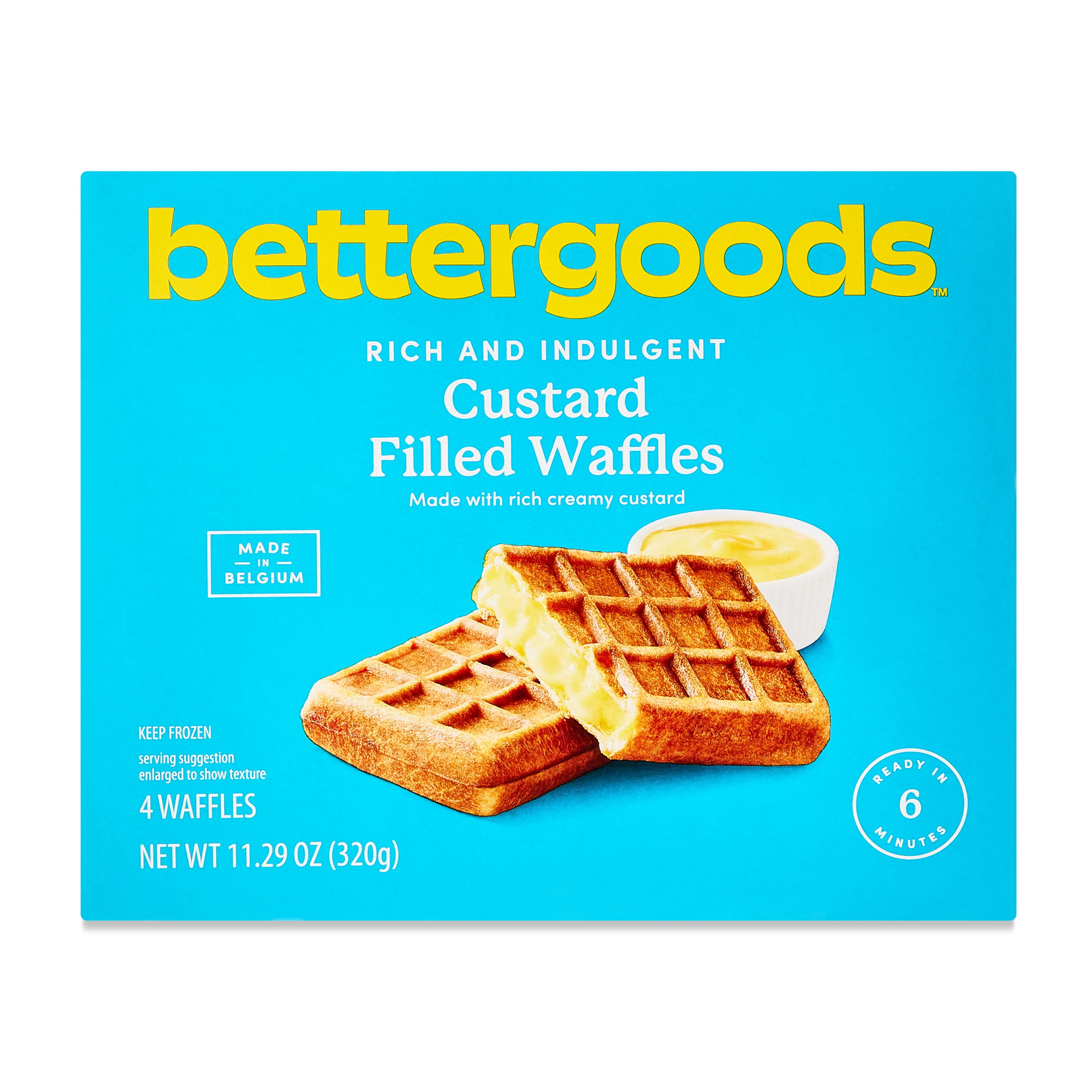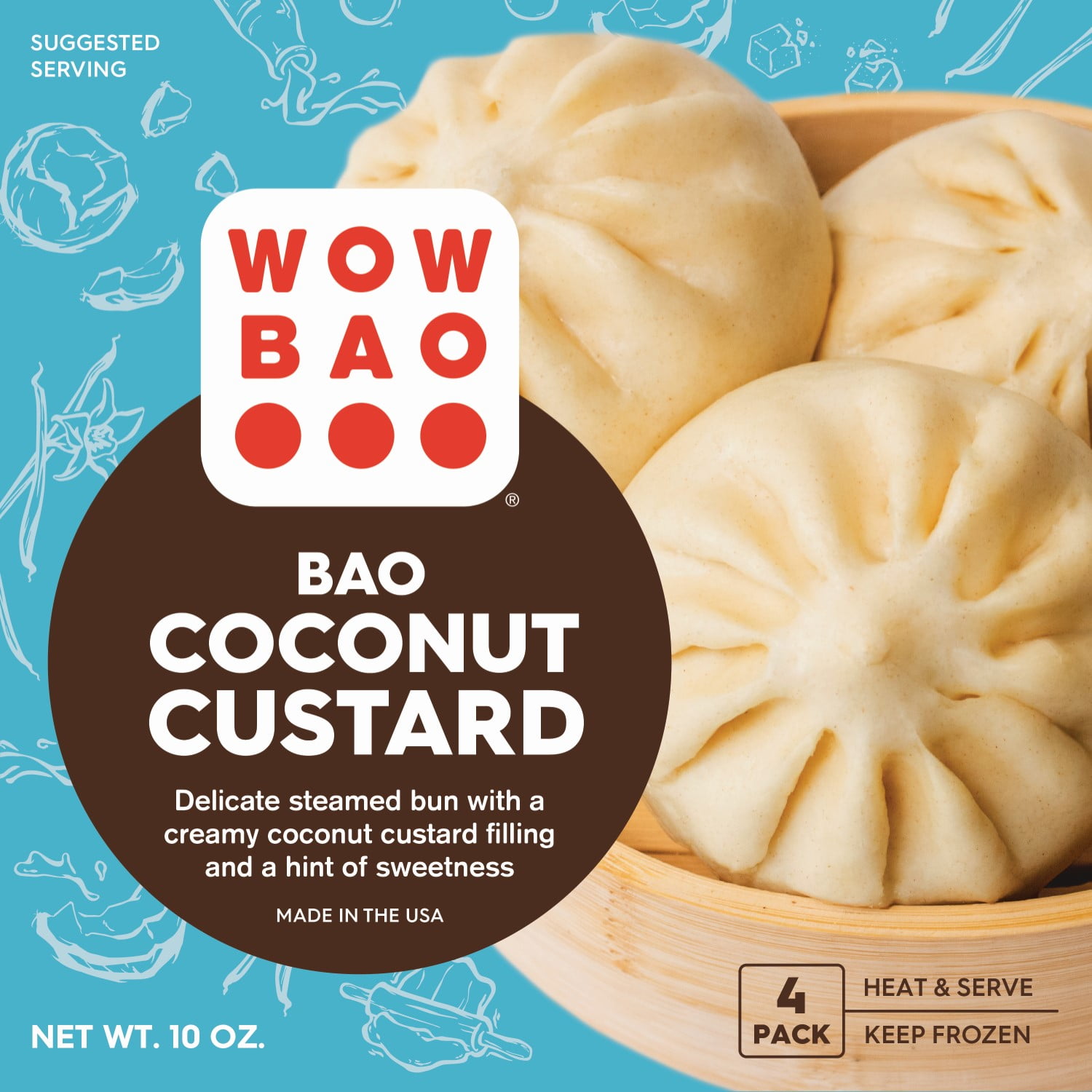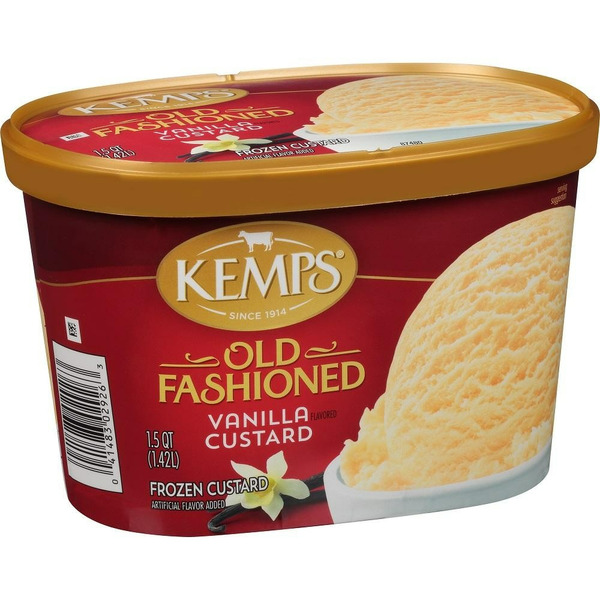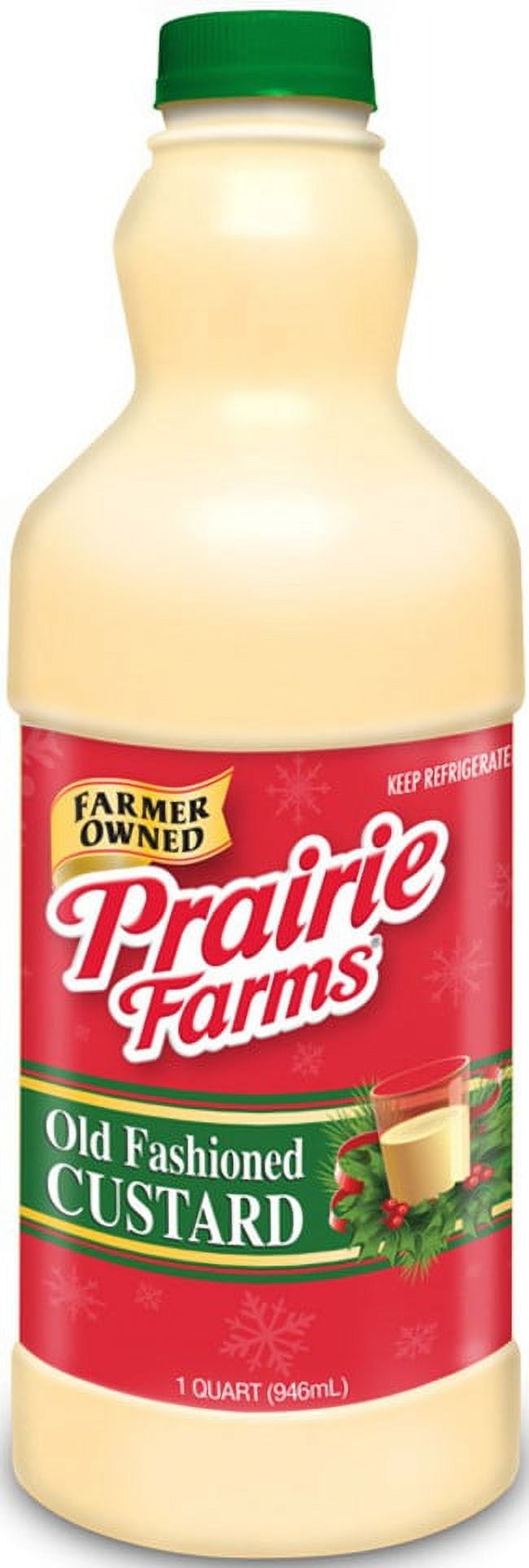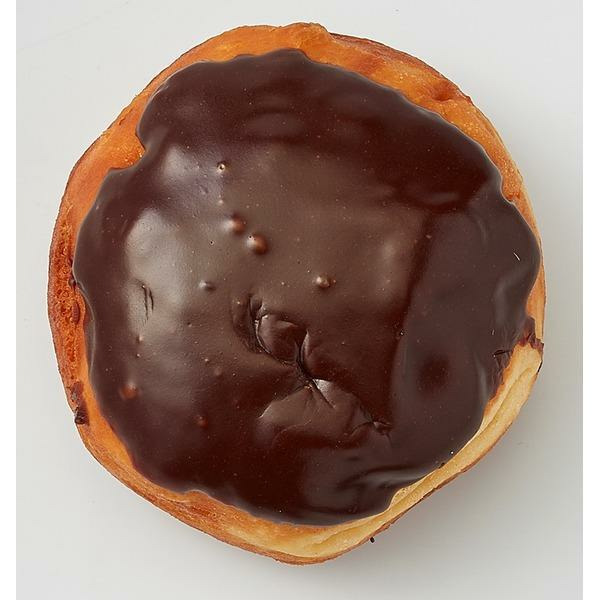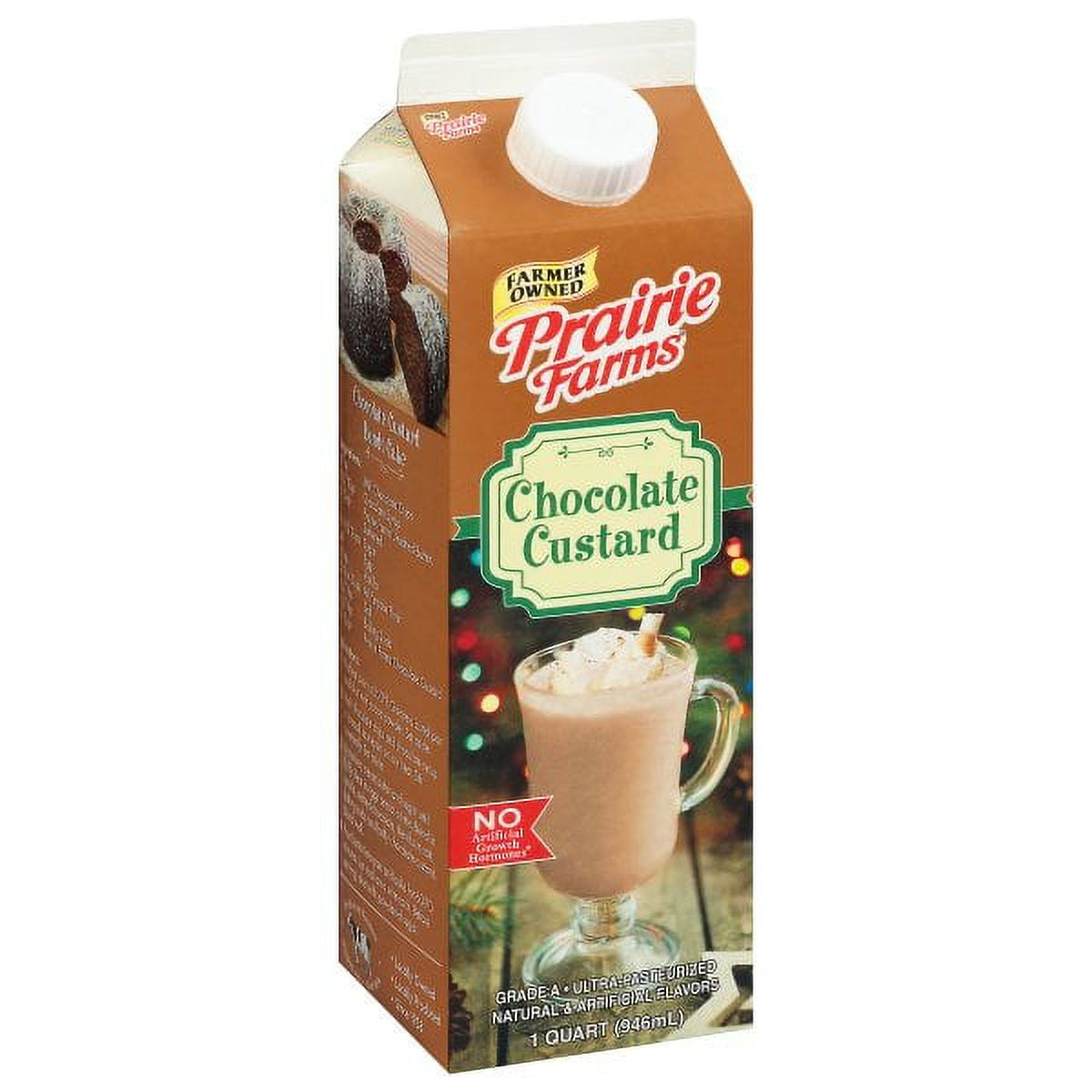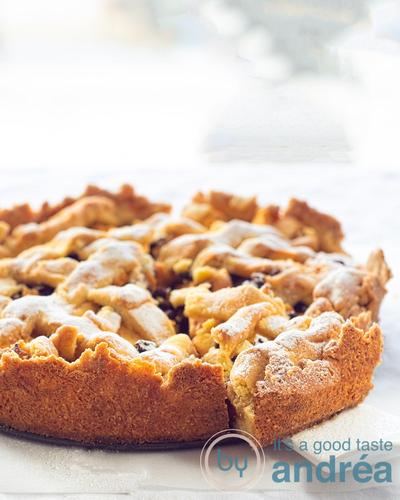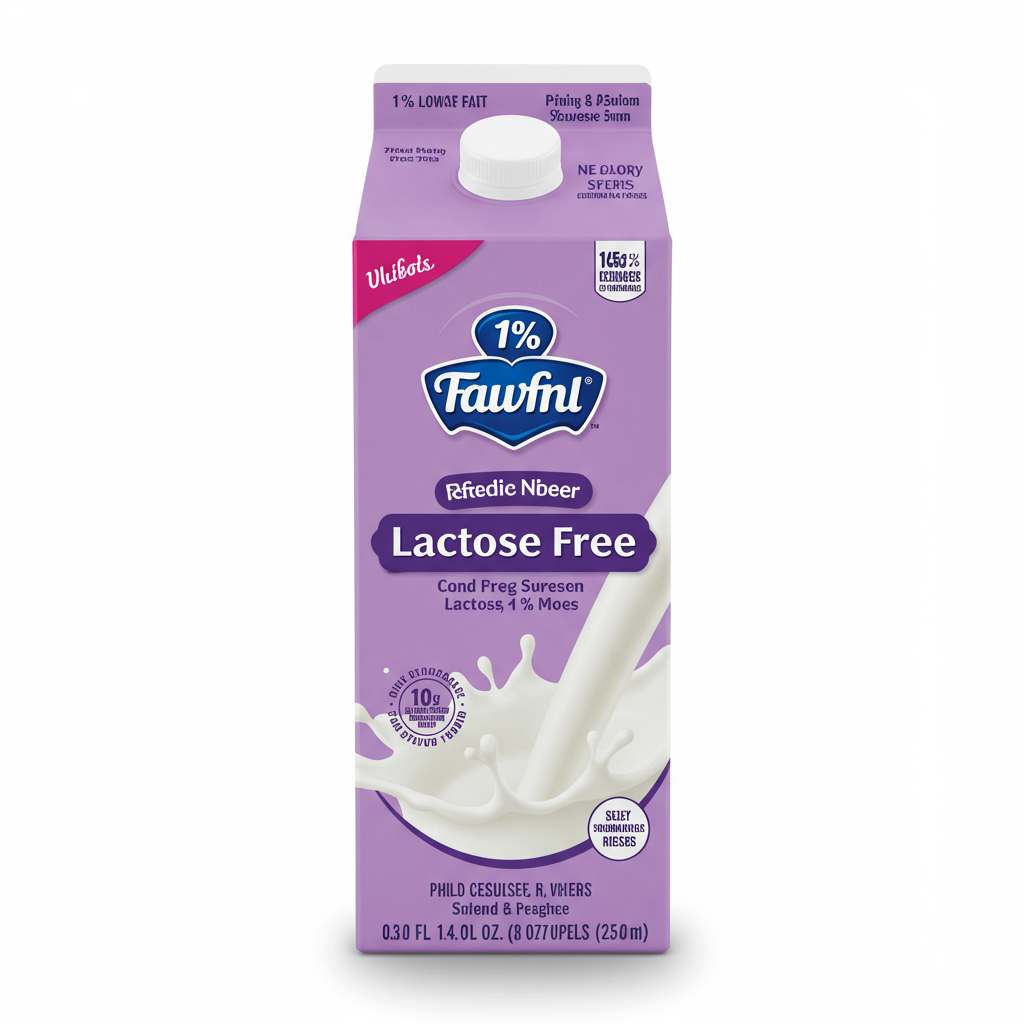DESSERTS
Custard
Custard is a classic dessert made by gently cooking a mixture of milk, cream, sugar, and egg yolks. It has a creamy, smooth consistency and a subtle sweetness that makes it a popular choice for both standalone treats or as a component in other desserts. Found in various forms and flavors worldwide, custard has earned its place as a staple in dessert lovers' kitchen repertoire.
Traditionally, custard is vanilla-flavored and served as a sweet sauce to accompany puddings, crumbles, or pies. However, it can also be thickened and used as a filling in pastries, éclairs, and other baked goods. The versatility of custard allows home cooks to experiment with various textures and flavor combinations to create a perfect dessert experience.
53%
CARBS
22%
FAT
24%
PROTEIN
Featured Articles
272 Custard Products
Ambrosia Custard
Aunt Jackie's Curl La La Defining Curl Custard
bettergoods Rich and Indulgent Custard Filled Waffles
Wow Bao Coconut Custard Dessert Bao, 4 Pack, Frozen
Kemps Frozen Custard, Vanilla Custard Flavored
Prairie Farms Holiday Custard
Prairie Farms Custard Fresh Plastic
D'Gari Custard mix Flan Vanilla with caramel
Schnucks Chocoloate Iced Custard Donut
Prairie Farms Chocolate Custard Uht
24 Recipes for Custard
Used In 1 Recipe
Custard Is Frequently Used With
Custard FAQ
Custard, a versatile dessert base made from combining milk, cream, sugar, and egg yolks, can serve as a standalone treat or a component in more complex desserts. The silky, creamy texture and subtly sweet taste of custard make it a popular favourite among dessert lovers. However, many enthusiastic bakers and cooks often struggle with it. Firstly, attaining the right consistency can be problematic, especially concerning over or under-cooking. Also, incorporating egg yolks into the mixture without overcooking them and getting lumpy custard is a common issue. Lastly, balancing the right level of sweetness can also be challenging. To get the most out of custard, remember to cook slowly over low heat and constantly stir to prevent lumps. You can gain additional flavours by steeping ingredients like vanilla pods, citrus peels, or spices in the milk/cream mixture.
Why is my custard lumpy?
How do I make my custard more flavorful?
Why does my custard taste eggy?
Why is my custard too thin?
Can I use whole eggs instead of just yolks in my custard?
How can I avoid getting a 'skin' on top of my custard?
What is the difference between custard and pudding?
Can I make dairy-free custard?
Is custard and ice cream the same?
Can I use custard to replace cream in recipes?
Expiration & Storage Tips
When does custard expire?
Unopened store-bought custard usually lasts about 7-10 days past the 'sell by' date if refrigerated, and about a year if frozen. Once open, custard should be used within 4-5 days if refrigerated. Homemade custard also lasts for about 4-5 days in the refrigerator and about 3 months in the freezer.
How do you tell if custard is bad?
If custard has gone bad, it might develop an off smell or taste, change in color or physical consistency; you might see spots of mold on top. Its texture could become chunky, watery, or gummy, instead of the usual smooth and creamy consistency. These are all signs it has spoiled and should not be consumed.
Tips for storing custard to extend shelf life
• Always store custard in the fridge in an airtight container to prolong its shelf life.
• If you want to freeze custard, ensure it's cool before you put it in the freezer. Divide into usable portions and pack in airtight containers or heavy-duty freezer bags.
• To defrost frozen custard, it's best to thaw it overnight in the fridge to maintain its texture and consistency.
• If using custard as a filling or topping, add it just before serving to keep it fresh and prevent spoiling the pastry item.
• Always use clean utensils when serving custard to avoid introducing bacteria that can cause it to spoil faster.
EXPIRES WITHIN
9 - 15
MONTHS
Substitutes
Health Info
Macros
13g
CARBS
5g
FAT
6g
PROTEIN
Allowed on these diets
LOW FAT
HIGH CALCIUM
VEGETARIAN
GLUTEN FREE
Contains these allergens
MILK
EGGS


